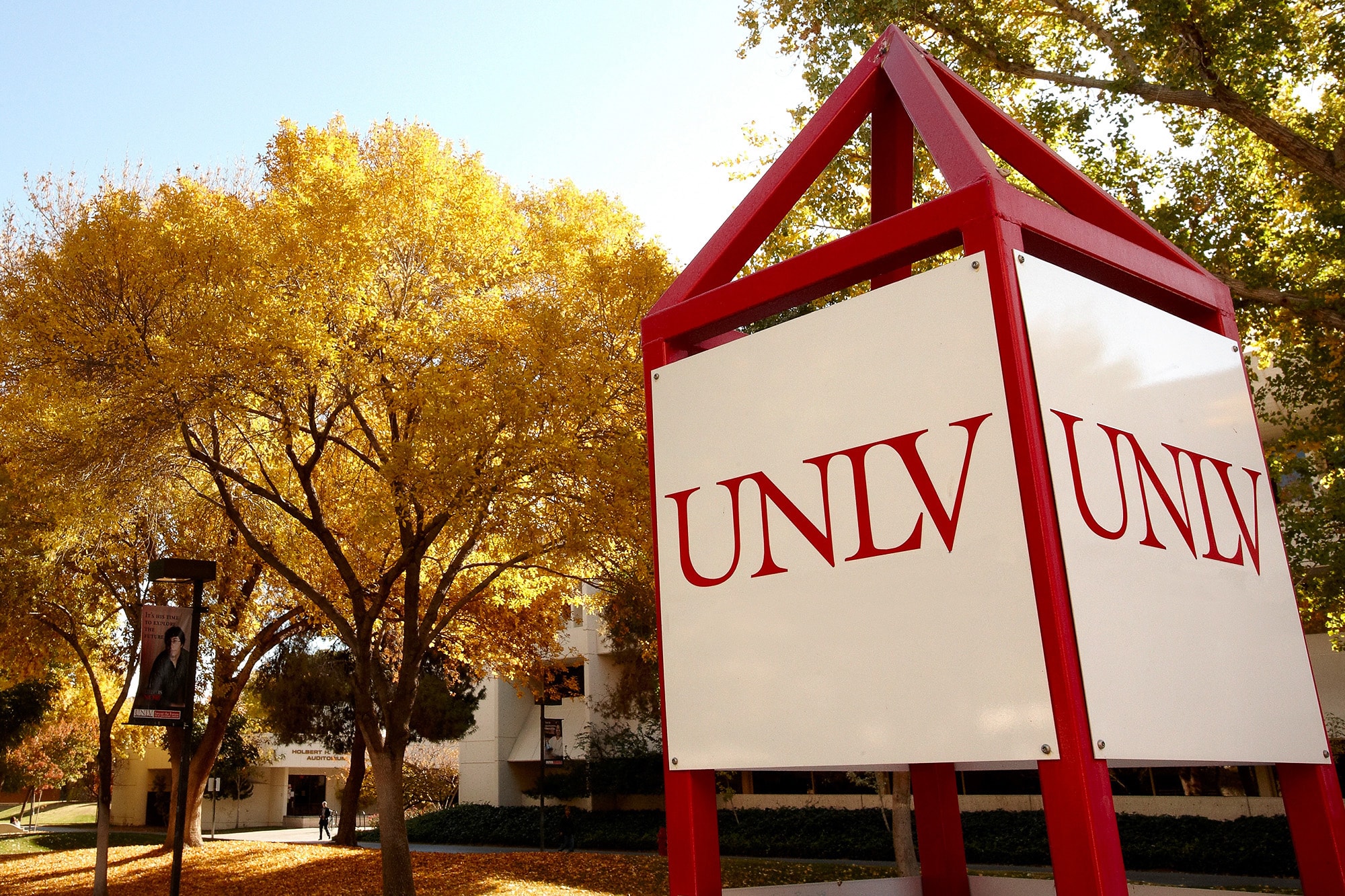This fall, the University of Nevada, Las Vegas is home to 27,344 students - an increase of 6.2% over 2003 - officials announced today. This is the largest rate of increase in headcount for UNLV since 1991. The 2004 numbers place UNLV in the nation's top 45 public doctoral universities in terms of overall enrollment (National Center for Education Statistics).
FTE enrollment, which drives the legislatively mandated formula for funding higher education, increased 7.1% to 19,887. This is the fourth consecutive year of FTE growth above 5% for the 47 year-old university. This enrollment figure is based on the number of courses and credits students take. An increase in this figure suggests that students are more seriously committed to pursuing full-time study.
"These numbers show that UNLV is clearly an institution on the rise," said President Carol C. Harter, now in her 10 th year at the university. "With innovative programs, outstanding faculty and a high level of energy on campus, we are attracting more - and more accomplished - students every year."
"However, we cannot sustain this level of growth for long with our current resources," she continued. "It is essential that our master plan projects for the main campus continue, and that we build on the success of the Shadow Lane Campus to develop additional regional facilities."
"This tremendous growth also underscores the need, recognized by our Board of Regents, to redefine admission standards, and to build and strengthen a state college to meet the needs of an increasing number of undergraduate students."
Total headcount up 6.2%
* Total "headcount" - the entire number of students enrolled in undergraduate, graduate and professional programs at UNLV, increased from 25,749 in 2003 to 27,344 in 2004.
* Undergraduate headcount increased 5.5%, from 19,525 to 20,607
* Graduate headcount increased 9.1% from 4,450 to 4,587
* Professional school headcount increased 13.7%, from 619 to 704
Total FTE up 7.1%
* Total "FTE" - which drives the legislatively mandated formula for funding higher education, increased from 18,574 in 2003 to 19,887 in 2004.
* Undergraduate FTE increased 6.4%, from 16,376 to 17,427
* Graduate FTE (masters) increased 10.7%, from 1,831 to 2,027
* Graduate FTE (doctorate) increased 18.0%, from 367 to 433
Millennium Scholars
* Number of Millennium Scholars increased 18.1%, from 5,198 to 6,138
o In fall 2003, Millennium Scholars comprised 25.1% of all undergraduates. In fall 2004, this figure increased to 28.2%
* Number of newMillennium Scholars increased 8.7%, from 2,197 to 2,389
Minority Students
* In fall 2003, minority students comprised 29.1% of all students. In fall 2004, minority students comprised 30.3% of all students.



